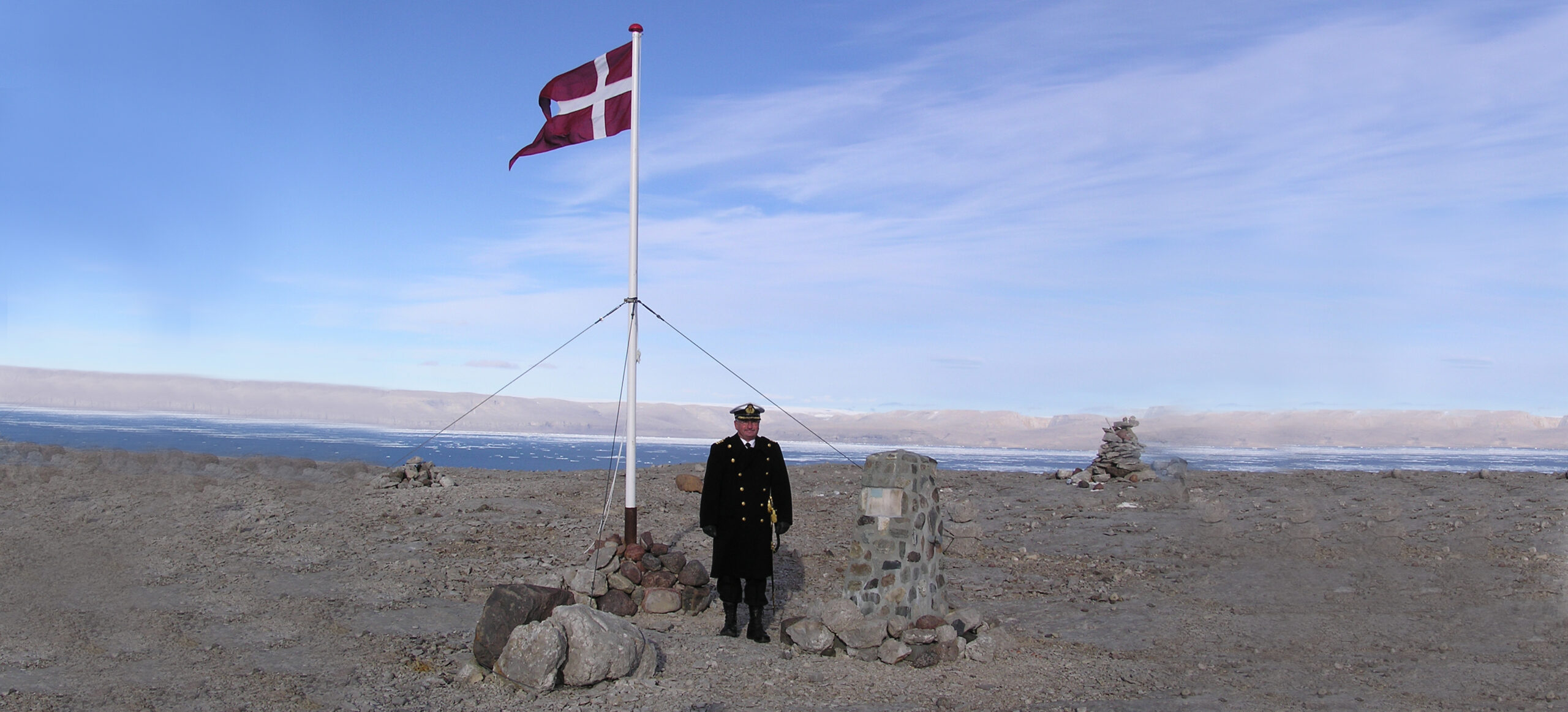
The world’s friendliest war has finally come to an end!
If you had to think about a friendly war, what would you think of? Perhaps a pillow fight? Or a war involving water guns? There is no way you would think of two countries fighting over land as being any kind of friendly. This is why Canada and Denmark’s ‘friendly war’ over an island is a story for the books! Hans Island is uninhabitable for all purposes and is essentially a mound of rock that measures 1.2-square kilometres sitting between Canada’s Nunavut and Greenland. So how did this inconsequential little island become the centre of a decades-long territorial debate?
For 50 years, Hans Island, a tiny chunk of land in the Nares Strait between Greenland and Canada, has been at the centre of an unusual international land dispute. In a funny turn of events, this territorial dispute between Canada and Denmark has involved both countries basically pranking each other for 50 years straight.
Back in 1971 Hans Island, known as Tartupaluk in Inuktitut (the language of the indigenous Inuit people), became a hot topic of an international border dispute between Canada and Denmark. Located between Ellesmere Island and Greenland, the tiny barren piece of land sits 18km from both the nations’ borders allowing them to claim the rock under international law.
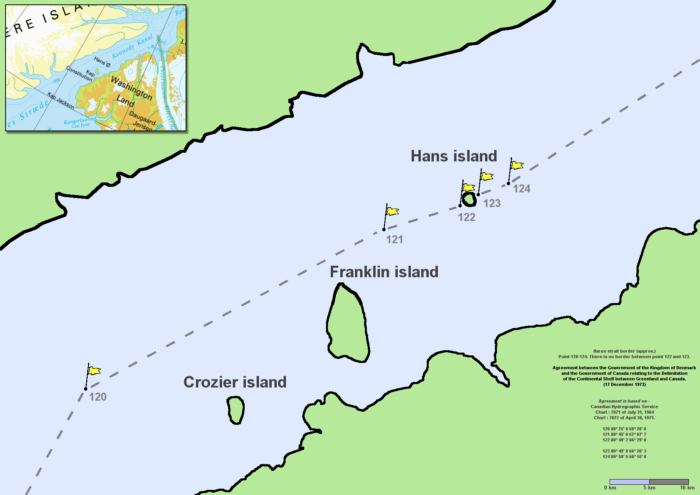
Unfortunately, neither country could decide who the island should belong to, so they decided to settle the dispute at a later date, thus causing a good-natured prank war that ended up lasting almost half a century. Since they could not come to an agreement, they took the next logical step: whenever military ships of either country passed by the island, they took it upon themselves to claim a stake on the little piece of land in the name of their motherland.
The Prank
After failing to agree on whose island it is, the two nations chose a slightly different path than other countries when it comes to settling border disputes. They started to prank each other! It started in 1984 when Canada made a bold claim to ownership of the island when Canadian troops landed on the rock and left a mark to ‘stake claim,’ over the land.
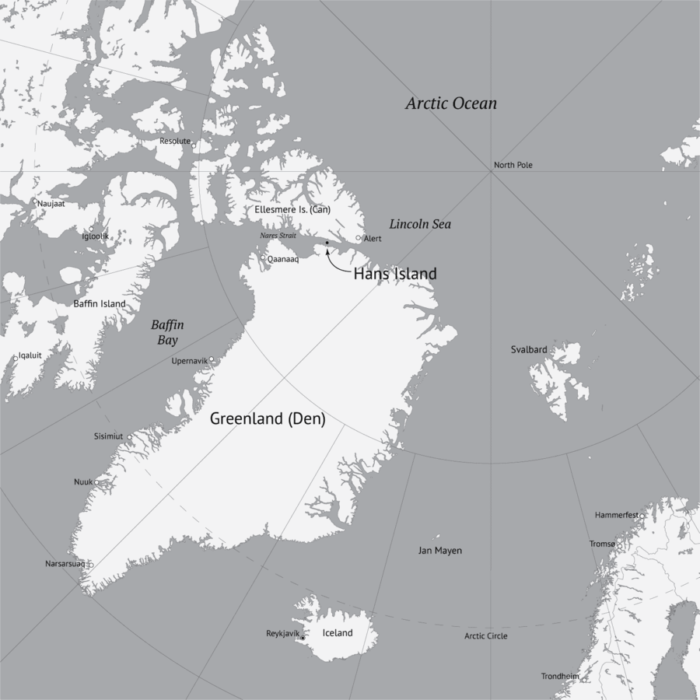
They decided the best way to solve the international issue was to start planting their maple leaf flag and bottles of Canada’s famous whisky, a cultural symbol of the country. Satisfied by having done their patriotic duty, the troops then returned home to their country proud of their work.
When Denmark’s government officials realised they had been bamboozled, they knew they had to respond! Their then Minister of Greenland affairs reportedly commented how such provocation could not be stood.
It was a few weeks later that he himself set off for Hans Island. Once he reached, he replaced the Canadian flags and liquor with a Danish flag and a bottle of Copenhagen’s own famous schnapps, a distilled spirit made from fruits and herbs and also a proud Danish cultural symbol. For good measure, he went right ahead and even left a note for the next round of Canadian troops who he suspected would come back to the island. The note proudly read; “Welcome to Danish Island.”
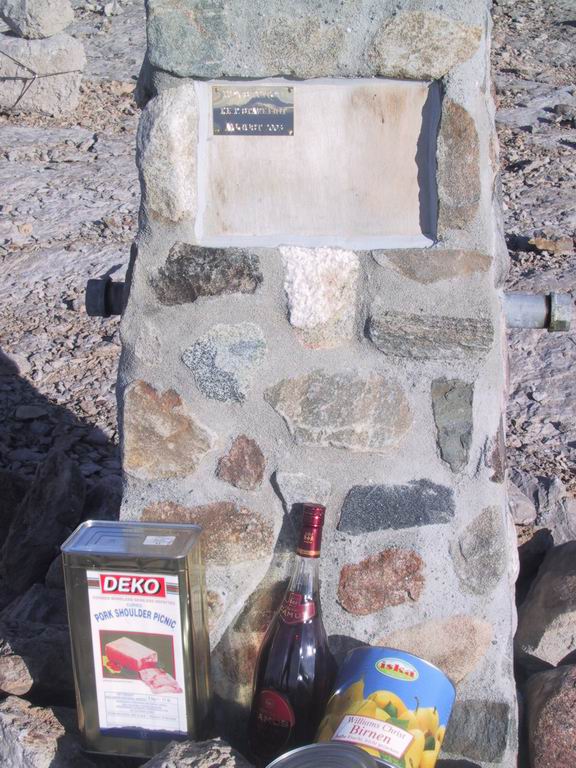
And just like that, the friendliest war ever was started. Officials from both nations took turns planting flags and their trademark bottles of liquor to stake a claim on the small Arctic island. Aptly called the “Whisky Wars,” so we know exactly how serious this war was!
Over the following five decades, many Canadians and Danes took part in this prank war, which had developed into a ritual of sorts. Visitors to the island saw it covered with flags and notices.
So why stop the ‘war’ now?
Denmark and Canada recently decided to strike a deal to settle their almost 50-year-long squabble. Officials from both countries met in 2018 to come to an “agree to disagree ” mandate regarding the ownership of Hans Island. The conclusion of the friendly war has led to half of the island being demarcated as Canadian territory, and half as Danish territory. The island will be split from the middle, along a naturally occurring ravine that runs north to south.
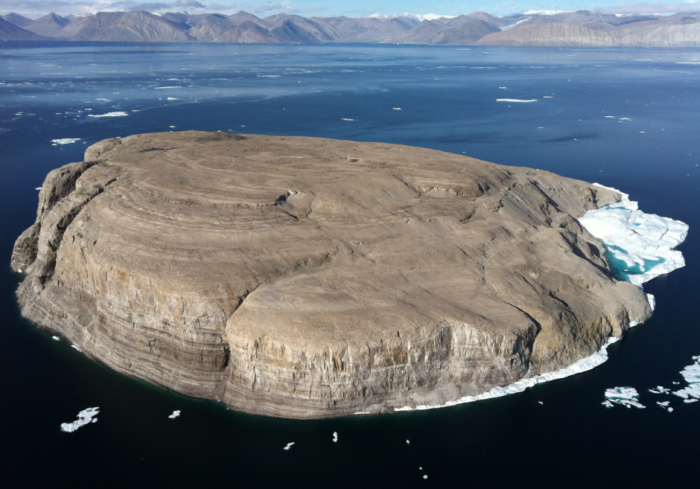
Officials from the two countries met to mark the end of this dispute, the reason for the end of the war being as good-natured as the war itself. The two countries came together last month to resolve their half-century-old border dispute in a lighthearted ceremony to stress their commitment to peaceful negotiation in the face of Russia’s invasion of Ukraine.
According to official reports, the deal will be officially signed once both countries grant parliamentary approval. Once it is, Canada and Denmark will have established the world’s longest maritime border at 3,882km.
Canada’s Foreign Affairs Minister Mélanie Joly had this to say about the event, “I think it was the friendliest of all wars…We’re setting a precedent. We’re showing to other countries how territorial disputes can be solved. It is possible to settle a disagreement, and it’s always the best way to do it through principles and norms that both parties recognize.” She and Danish Foreign Affairs Minister Jeppe Kofod even exchanged bottles of liquor at the ceremony in a nod to the old pranking tradition!
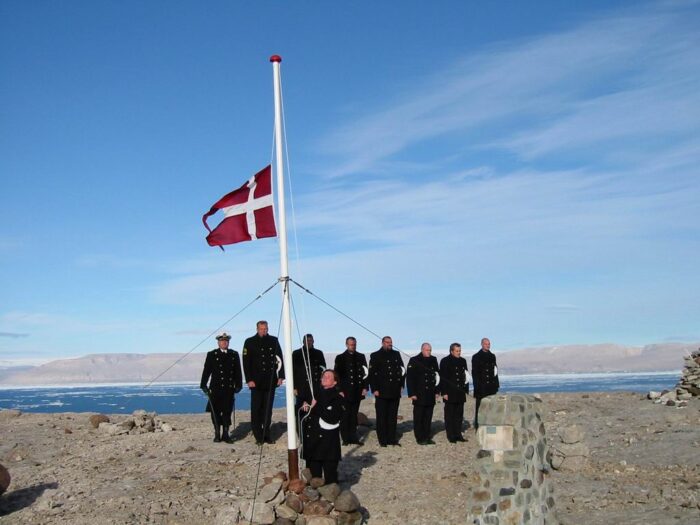
“It sends a message to the world, including [Russian President Vladimir] Putin, that when there are things you’re disputing over, you have to make the resolution based on international law — not by the law of force, but by the force of law,” said Kofod.
Greenland Prime Minister Múte B. Egede called the deal a “stepping stone to truly connect our two countries,” but added there should be more mobility for Inuit people between Nunavut and Greenland. The agreement will ensure freedom of movement on the island for Inuit people is preserved, as well as their rights to hunt, fish and conduct other activities.
Did you find this story interesting? What was your favourite part about the story of the world’s friendliest war? Let us know in the comments!
Read more about interesting cultural and historical tidbits!
Are Rats Innocent of Spreading the Black Death?
Adrija is a writer, dancer, and artist, who loves to learn (about everything). She has grown up in many places and still carries a big love for all things travel and culture. Adrija loves fantasy, science-fiction and anything that transports her to magical worlds. Her favourite books include Harry Potter and The Hitchhiker’s Guide to the Galaxy. She’s always on the lookout for cute animals to pet, places to explore, and good humans to share stories, laughter, and joy with.